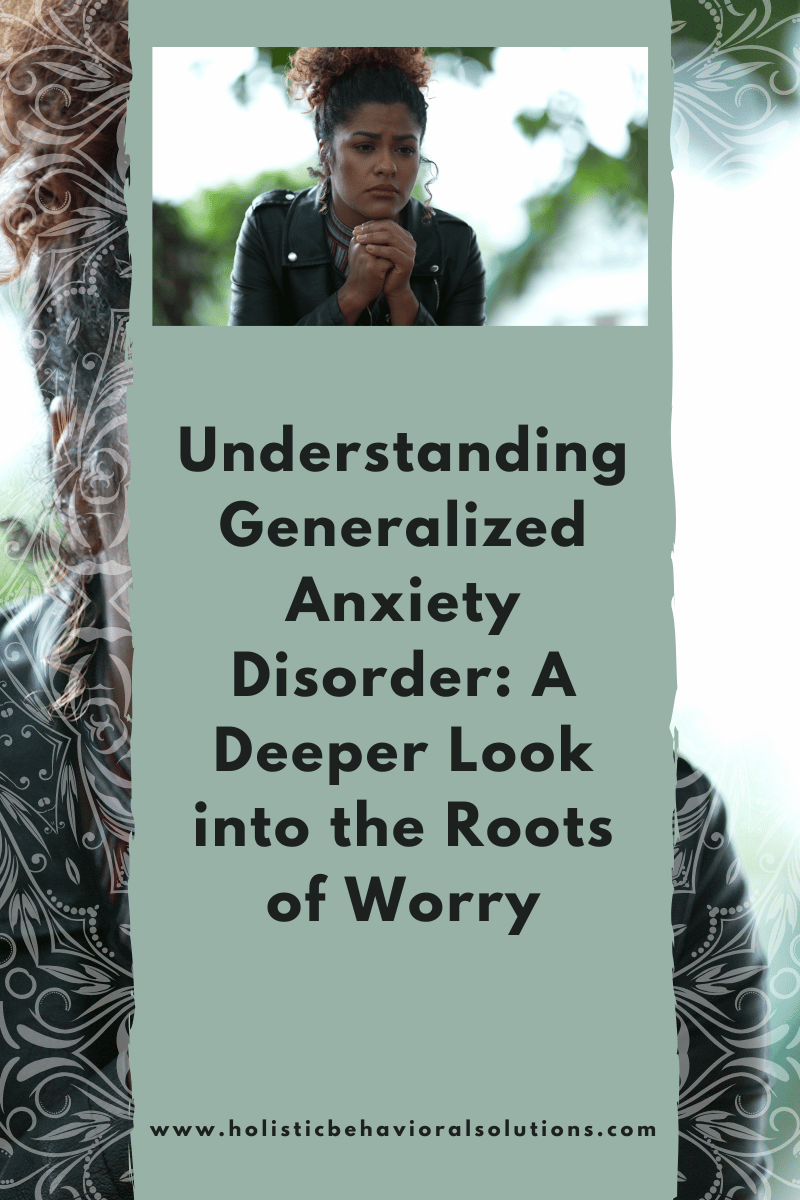
Generalized Anxiety Disorder (GAD) is a widespread and often overwhelming mental health condition marked by persistent, excessive worry that feels hard to control. A key factor in Generalized Anxiety is the lack of a specific worry. Instead, it feels as if we are constantly worried about everything. Many people who live with GAD quietly carry their fears, often without sharing them. To support effective treatment and healing, it’s important to understand where this anxiety comes from—and what keeps it going.
In our office, we like to look at recent research. A 2022 study by Shafiei, Rezaei, and Sadeghi, published in Psychological Trauma: Theory, Research, Practice, and Policy, sheds light on how childhood trauma, interpersonal struggles, and a psychological concept known as contrast avoidance contribute to the development of Generalized Anxiety Disorder. Research like this is a vital part of therapy—it helps us better understand how we grow, how we get stuck, and how we can move forward.
Key Findings: What the Study Revealed About GAD
The researchers studied 457 individuals with Generalized Anxiety Disorder symptoms, all referred to psychotherapy centers in Khorramabad City, Iran. Participants had an average age of 31.5 and completed several assessments, including:
- Childhood Trauma Questionnaire (CTQ)
- Brief Inventory of Interpersonal Problems–Circumplex (IIP-C)
- Contrast Avoidance Questionnaire–Worry (CAQ-W)
- Contrast Avoidance Questionnaire–General Emotion (CAQ-GE)
- GAD-7 Questionnaire
Here’s what they found:
Although childhood trauma and emotional contrast avoidance didn’t directly cause Generalized Anxiety Disorder symptoms, they contributed indirectly—primarily by shaping interpersonal difficulties and contrast avoidance behaviors. The study identified two key pathways:
1. Interpersonal Problems
People who experience trauma in childhood often face challenges in their adult relationships. These difficulties can increase stress and anxiety, making GAD symptoms worse. Therapy can help by identifying and working through patterns of reactivity and disconnection.
2. Contrast Avoidance of Worry
The study also explored a concept called contrast avoidance—the tendency to worry as a way to avoid sudden emotional shifts. For some, staying in a state of worry feels safer than risking the discomfort of unexpected emotional changes. In simpler terms: “I worry so I don’t have to feel the shock of feeling something else.”
What This Means for Treatment
These findings have important implications for how we approach GAD in therapy. By understanding how early experiences and emotional coping strategies influence current symptoms, mental health professionals can tailor interventions more effectively. Treatment might include:
- Interpersonal Therapy (IPT)
Helping individuals improve communication and relationship skills can reduce the anxiety that comes from conflict or disconnection. - Cognitive Behavioral Therapy (CBT)
CBT can help reframe the worry-driven thoughts that feed contrast avoidance, encouraging more adaptive ways to process uncertainty. - Emotion Regulation Training
Teaching clients how to handle emotional shifts with more confidence can reduce the urge to use worry as a shield.
A Holistic Perspective on Healing
This research highlights how deeply interconnected our early experiences, relationships, and coping strategies are when it comes to anxiety. For clinicians, it’s a reminder to look beyond symptoms and consider the full story behind the anxiety. For individuals with GAD, it opens the door to a more compassionate and personalized path toward healing.
Generalized Anxiety Disorder and Support From the Inside Out
As you explore what supports your well-being, consider nurturing both your mind and body. Visit The Holistic Store to find wellness supplements and tools designed to help you feel grounded, energized, and more connected. When you feel your best, it’s easier to open up and build deeper, healthier connections—with others and with yourself.

